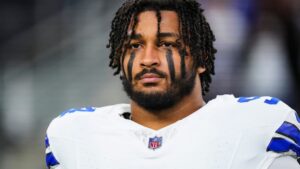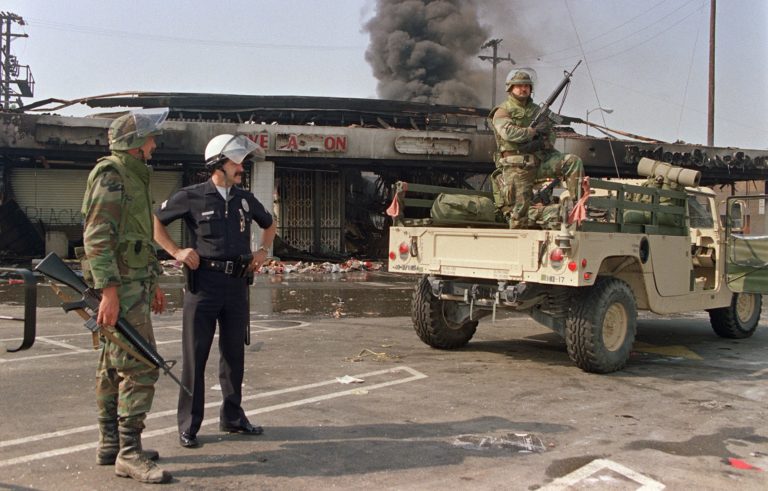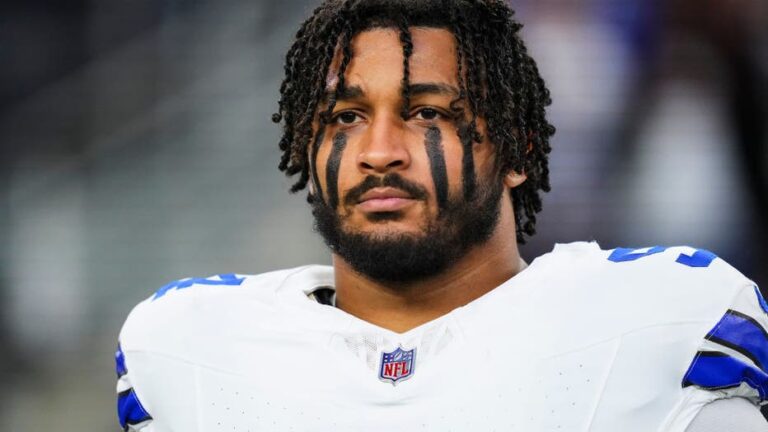Exploring the LA Riots: How the National Guard Responded to Crisis
The LA Riots of 1992 remain a pivotal moment in American history, representing a flashpoint of racial tensions and civil unrest. One of the most significant aspects of this tumultuous period was the role played by the National Guard in Los Angeles. Understanding the events surrounding the riots and the subsequent military response provides valuable lessons for leaders in both the public and private sectors, particularly in crisis management and emergency response.
Background of the LA Riots
Triggered by the acquittal of four LAPD officers who were caught on video brutalizing Rodney King, the riots erupted on April 29, 1992. Over the next six days, Los Angeles experienced widespread destruction, looting, and violence that ultimately resulted in 63 deaths and thousands of injuries. The chaos highlighted existing social tensions, economic disparities, and racial injustices faced by many communities within the city.
The National Guard’s Involvement
As the situation escalated out of control, city officials recognized the need for a more robust response. The National Guard was mobilized to assist local law enforcement in restoring order. This marked one of the largest deployments of the National Guard in a domestic civil disturbance since the Civil Rights Movement.
Understanding the Deployment
Approximately 2,000 members of the National Guard were deployed to Los Angeles on May 1, 1992. Their role was essential not only for restoring peace but also for providing support to overwhelmed law enforcement agencies. They patrolled the streets, manned checkpoints, and provided a visible military presence intended to deter further violence.
Challenges Faced by the National Guard
The deployment of the National Guard was not without its challenges. The lack of experience in civil disturbance operations led to difficulties in engagement with the local population. Moreover, there were concerns about the potential for escalations and the perception that military intervention could further inflame the situation.
Lessons Learned
The LA Riots and the National Guard’s response taught several valuable lessons. One significant takeaway for crisis management is the importance of rapid deployment and clear communication between local law enforcement and military units. Additionally, training for National Guard members on engagement with civilians during crises can enhance the effectiveness of their interventions.
The Aftermath: Rebuilding Trust and Community Relations
In the aftermath of the riots, community leaders and government officials in Los Angeles faced the daunting task of rebuilding trust. The National Guard’s involvement was part of a broader strategy aimed at addressing the root causes of dissatisfaction and unrest within communities. It underscored the importance of long-term plans for community engagement and the role of governance in fostering equality and justice.
Conclusion: The Role of the National Guard in Future Crises
The LA Riots serve as a stark reminder of the complexities surrounding civil unrest and the multifaceted approaches required to manage such crises. As we face modern challenges, the lessons learned from the National Guard’s response in Los Angeles illustrate the ongoing need for effective coordination between communities, law enforcement, and military entities. Understanding history equips us to better navigate similar situations in the future. For further exploration of this topic, you can access detailed analyses on the National Guard’s role during the LA Riots through reputable sources such as Defense360.








